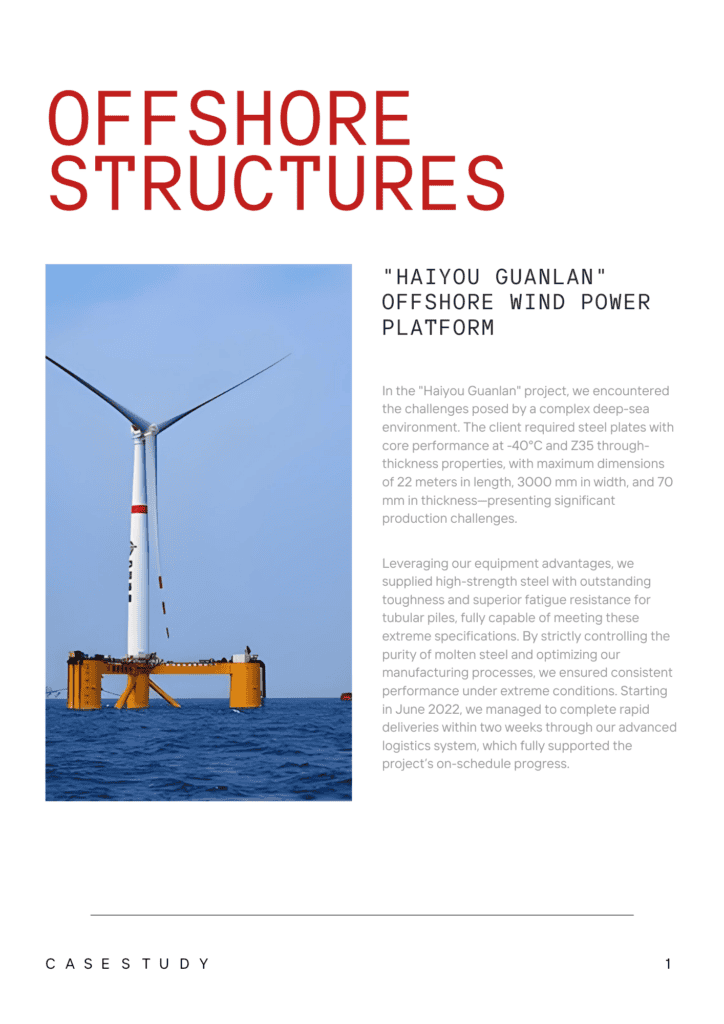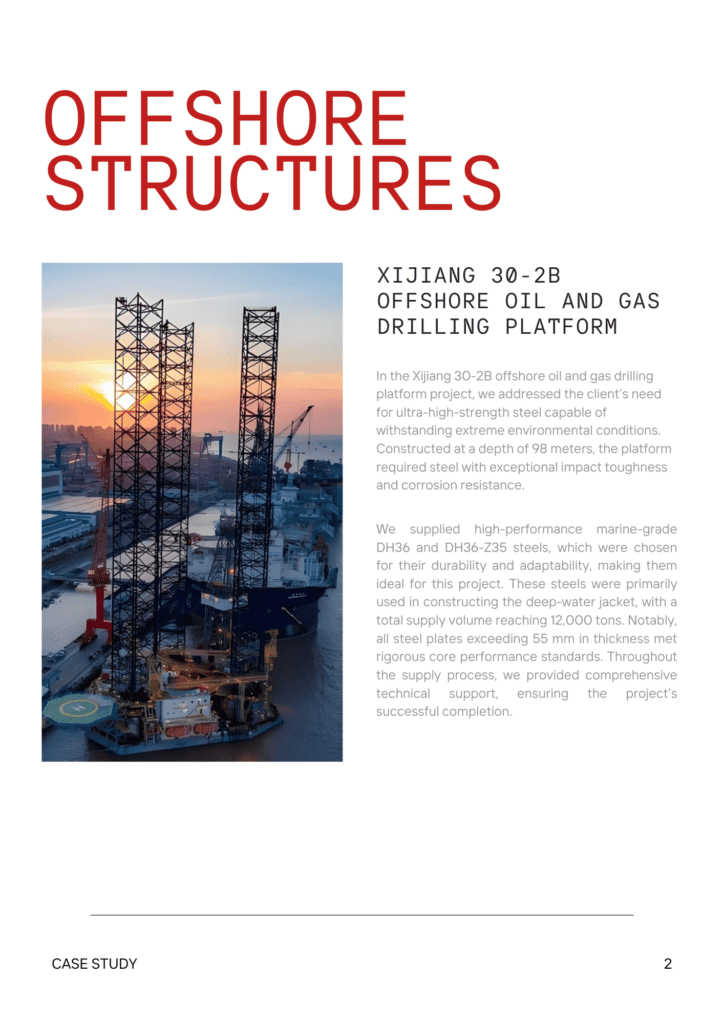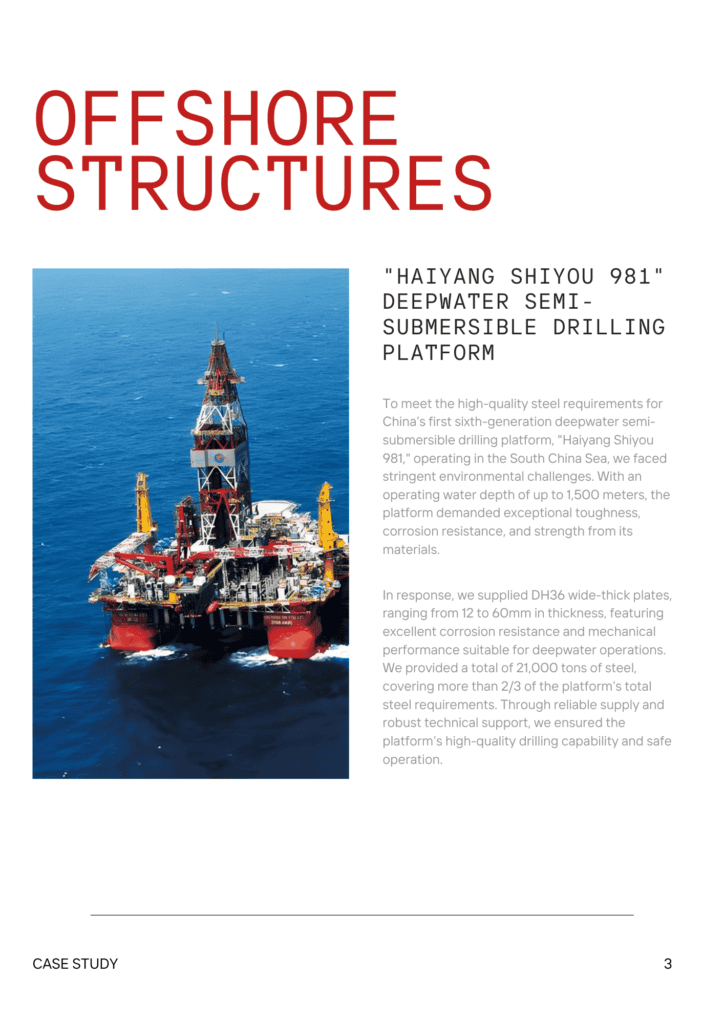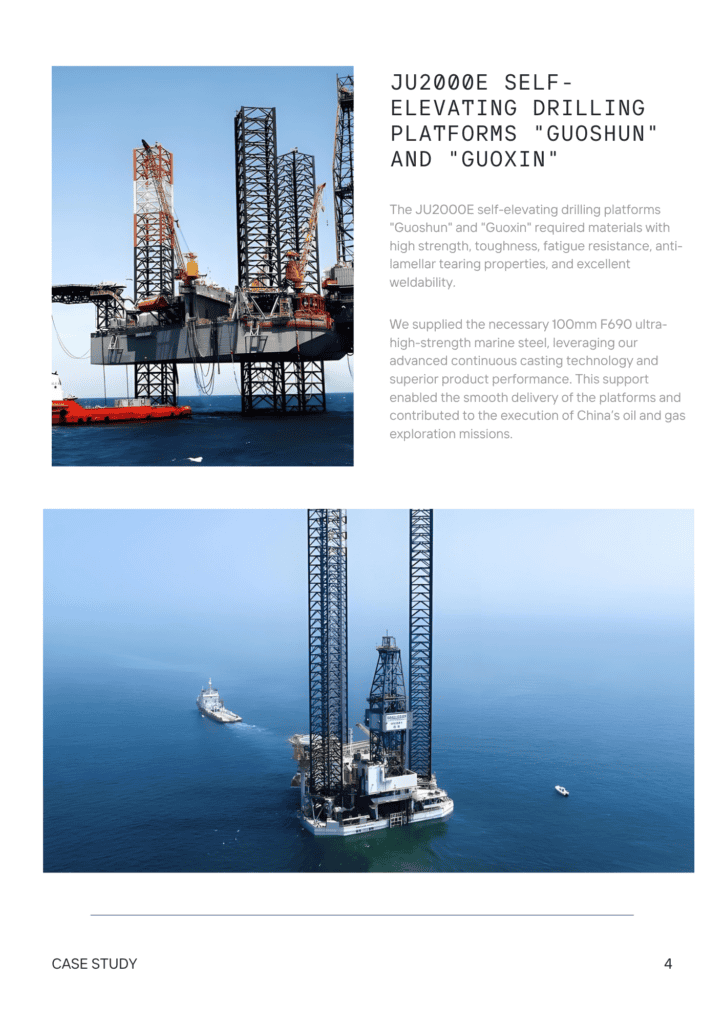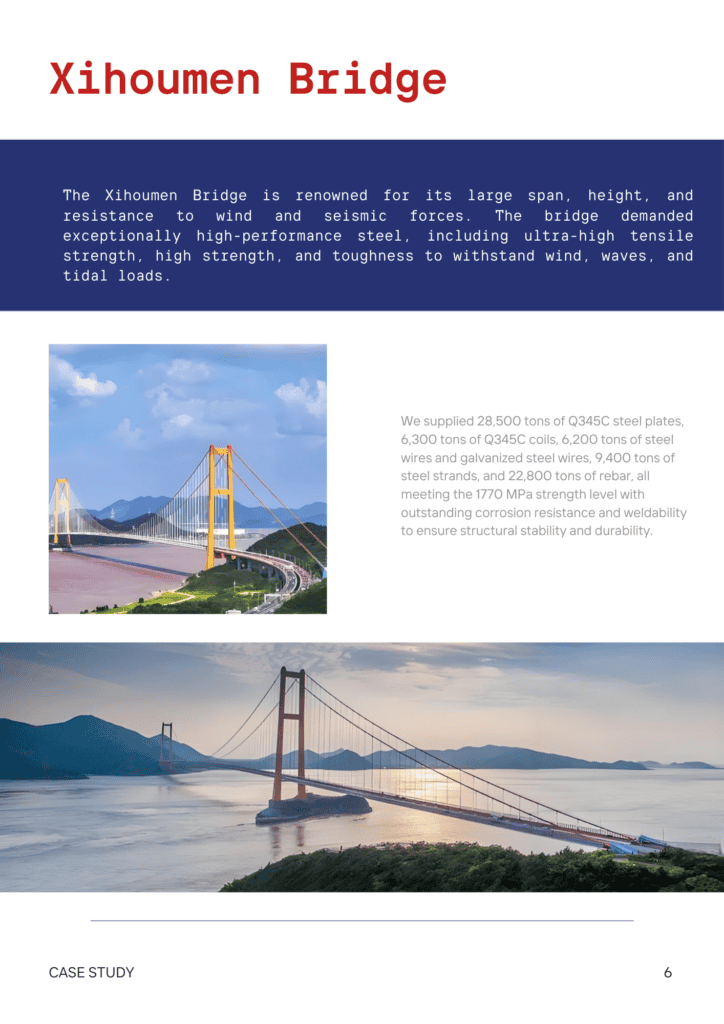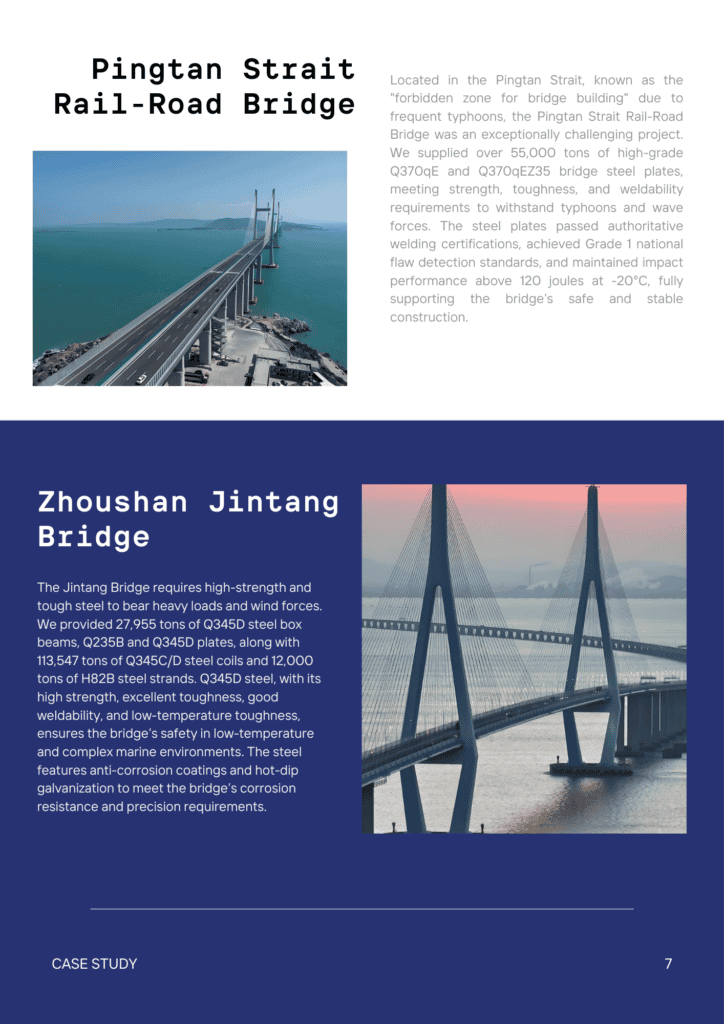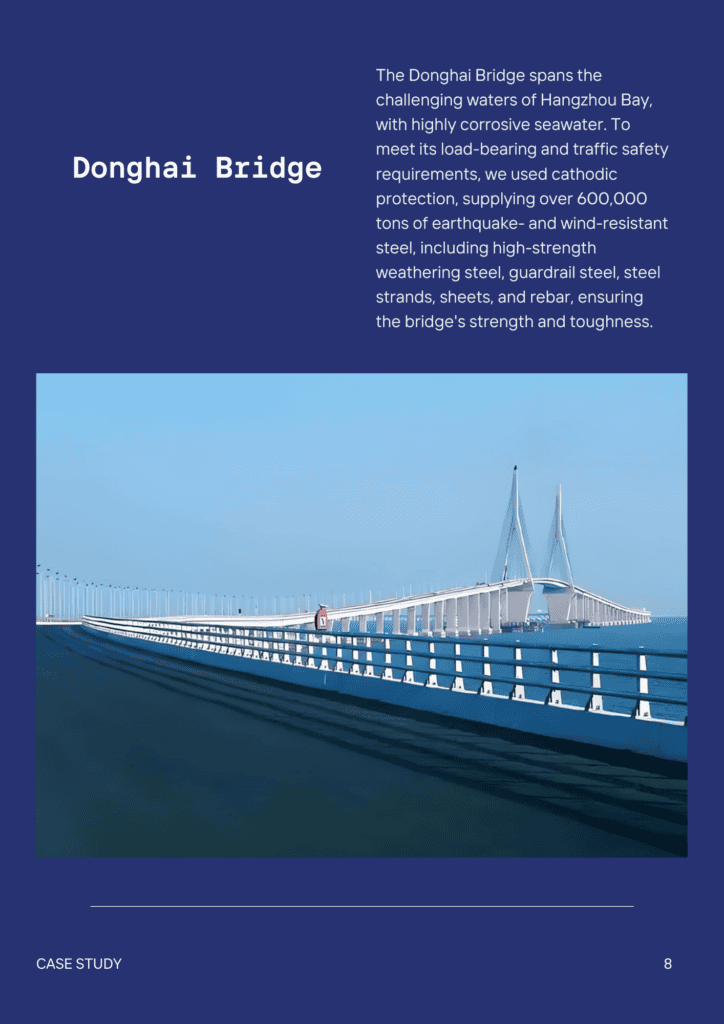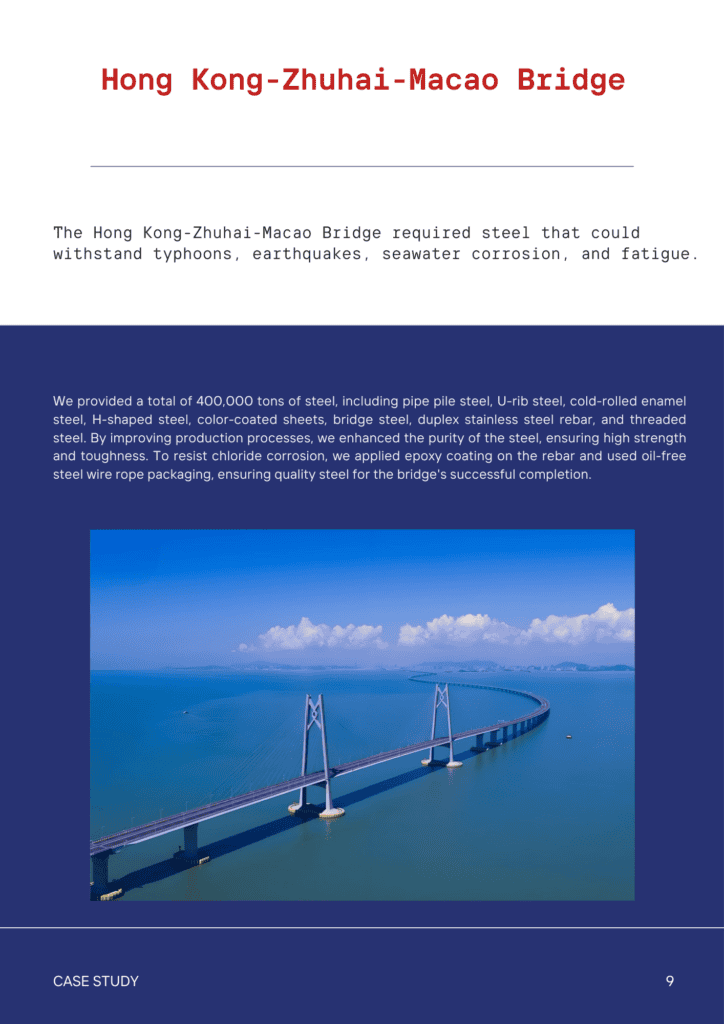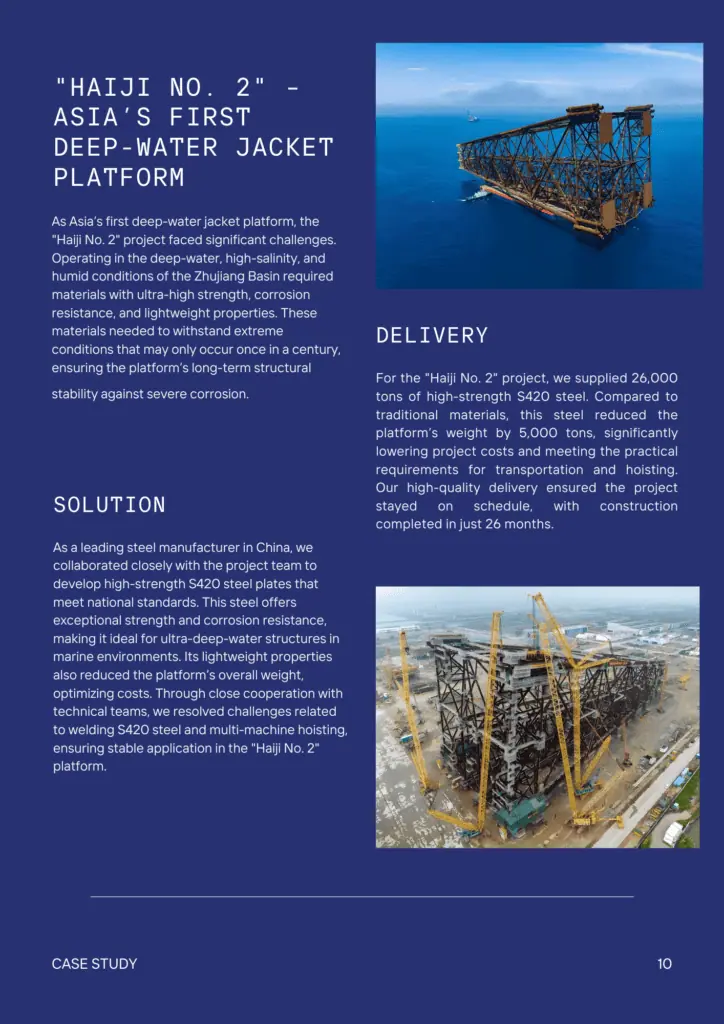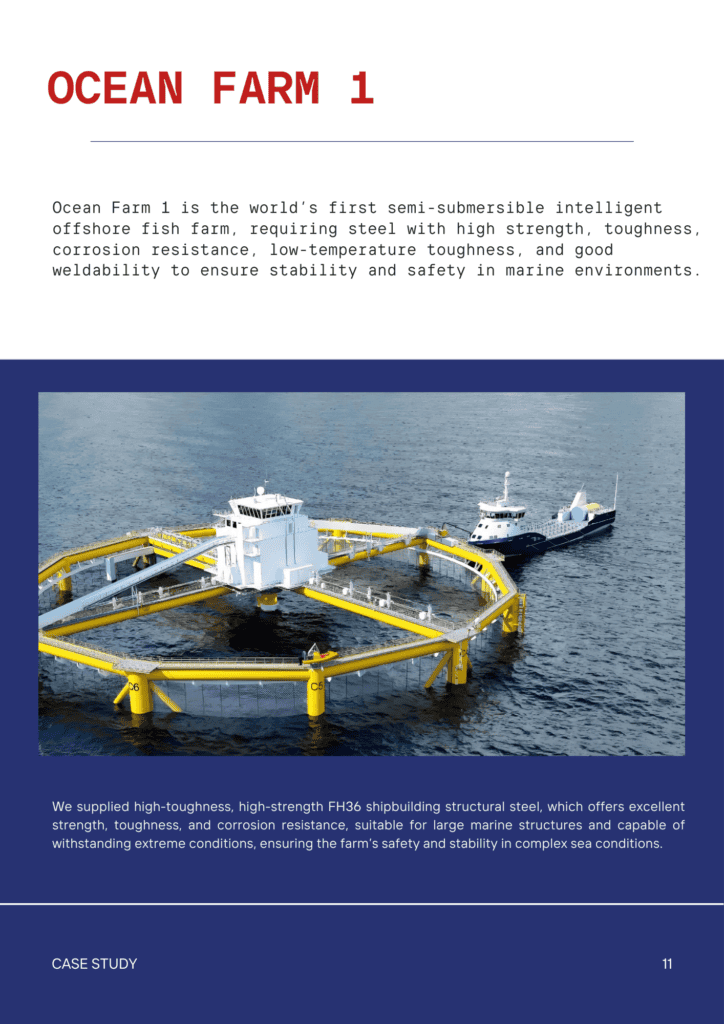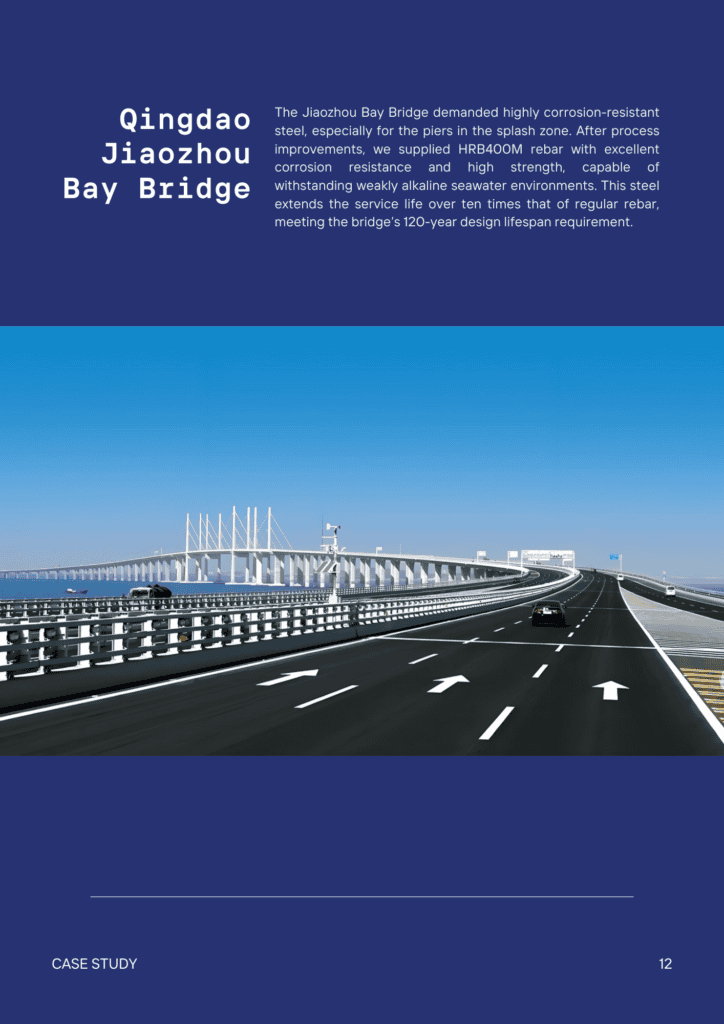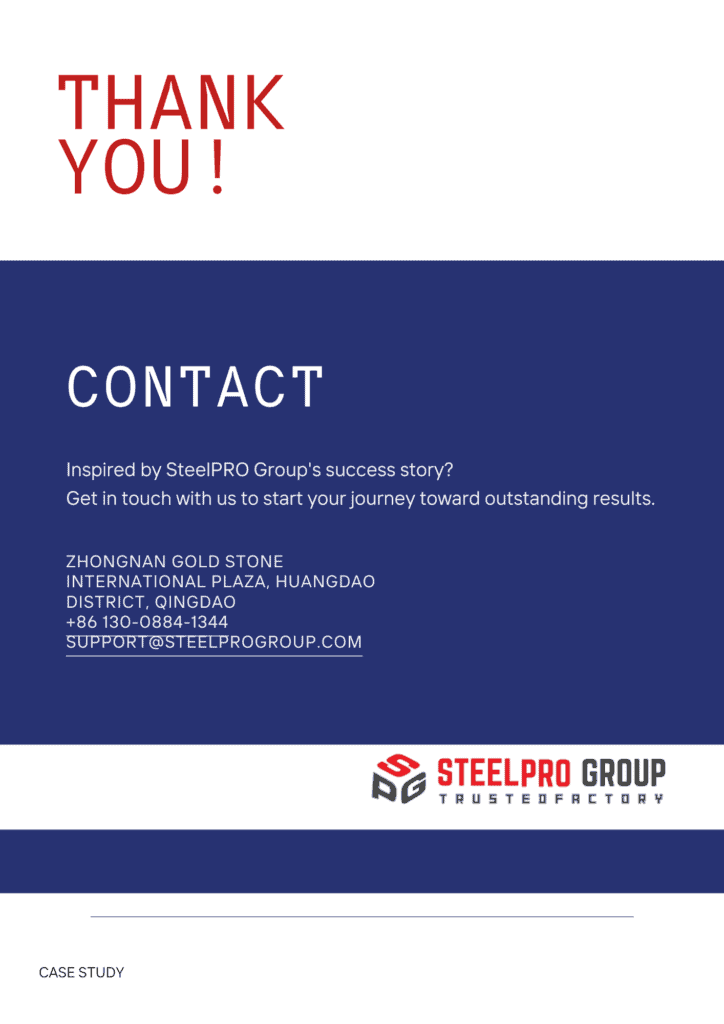Contents
Transformation Induced Plasticity (TRIP) Steel Overview
- John
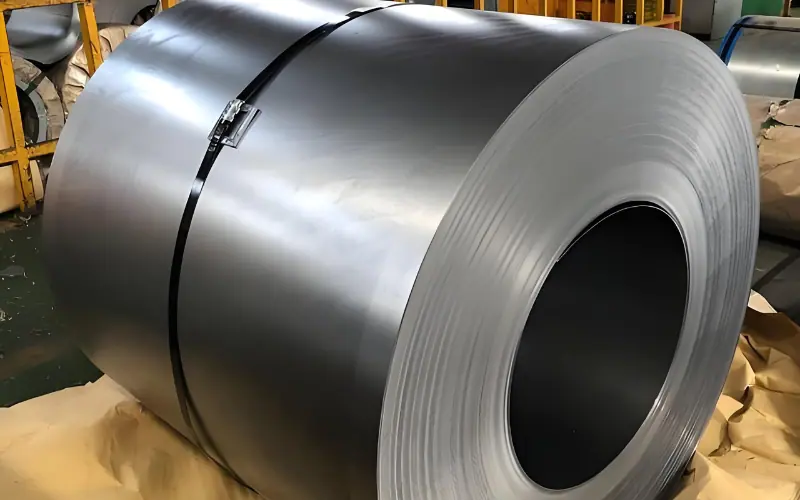
Transformation induced plasticity (TRIP) steel is a high-performance material known for its outstanding strength and ductility, making it ideal for demanding applications like automotive safety parts and structural reinforcements. At SteelPro Group, we specialize in manufacturing and providing top-quality TRIP steel products
The purpose of this article is to provide a comprehensive overview of TRIP steel—from its defining characteristics and microstructure to its chemical composition, properties, and wide-ranging applications.
What Is TRIP Steel?
Transformation Induced Plasticity (TRIP) steel is a robust alloy that merges high strength with flexibility. It belongs to the Advanced High-Strength Steel (AHSS). Its key feature is the transformation of austenite into martensite under stress, improving both strength and ductility. This makes TRIP steel ideal for applications requiring performance and formability.
Unlike traditional materials, TRIP steel maintains its ability to deform under stress. This is particularly beneficial in industries like automotive manufacturing. These sectors demand substances capable of withstanding significant forces during forming and impact.
Key Features of TRIP Steel
Transformation Mechanism: Retained austenite transforms into martensite during deformation, improving both strength and ductility.
Phase Structure: TRIP steel typically contains a mix of austenite, ferrite, bainite, and martensite.
Strength-to-Ductility Ratio: TRIP steel provides an ideal equilibrium between strength and flexibility, making it appropriate for intricate shaping processes.
TRIP Steel Microstructure
The microstructure of TRIP steel consists of a combination of phases, primarily retained austenite, ferrite, and martensite. The quantity of residual austenite is critical for the steel’s performance. This austenite is stable at room temperature but transforms into martensite when the steel is subjected to stress or deformation, which increases both strength and ductility.
The shift from austenite to martensite during strain is the key characteristic of TRIP steel. The material undergoes a phase change that improves its characteristics, rendering it well-suited for uses demanding both exceptional robustness and ease of shaping.
Factors Affecting the Transformation
- Temperature: The transformation of austenite into martensite is sensitive to temperature. The temperature at which the transformation starts is known as the martensitic start temperature (Ms). The transformation can also occur at higher temperatures with applied stress, which accelerates the process.
- Applied Stress: Stress plays a crucial role in driving the conversion of remaining austenite. Higher stress can trigger the transformation even above the Ms temperature, leading to improved strength.
- Carbon Content: The carbon content influences the stability of the retained austenite. Lower carbon levels lead to an earlier transformation into martensite, while higher carbon content stabilizes austenite and delays the transformation.
- Strain Rate: Faster strain rates can also accelerate the transformation, contributing to higher strength and improved performance.
- Deformation History: The previous deformation of the steel can affect how the retained austenite transforms in subsequent loading. The distribution of retained austenite changes based on prior deformation, influencing the material’s overall mechanical properties.
TRIP Steel Chemical Composition
The TRIP steel typically contains higher levels of carbon, silicon, and manganese than other steel types, which helps achieve its desired mechanical properties.
Below is the typical chemical composition of TRIP steel, according to our partner steel manufacturer:
| Element | Content (%) |
| Carbon (C) | ≤ 0.3% |
| Silicon (Si) | ≤ 2.2% |
| Manganese (Mn) | ≤ 2.5% |
| Phosphorus (P) | ≤ 0.090% |
| Sulfur (S) | ≤ 0.015% |
| Aluminum (Al) | ≥ 0.010% |
| Copper (Cu) | ≤ 0.20% |
The exact chemical makeup of TRIP steel can differ based on the intended characteristics and the particular use. However, the C-Si-Mn series is the most widely used, especially in automotive and structural applications, where high strength and formability are essential.
TRIP Steel Physical and Mechanical Properties
| Grade | Tensile Strength (MPa) | Yield Strength (MPa) | Elongation (%) |
| TRIP600 | 705 | 500 | 24 |
| TRIP800 | 915.73 | 585.8 | 17.5 |
Strength and Ductility
TRIP steel provides high tensile strength and high ductility simultaneously. The material’s unique phase transformation, from austenite to martensite, enhances its strength while allowing it to maintain excellent ductility. This makes TRIP steel ideal for applications requiring both performance under stress and plastic deformation, such as automotive crash components.
Work Hardening and Formability
One of the standout properties of TRIP steel is its high work hardening rate. Initially, the work hardening rate of TRIP steel may be lower compared to other steels, such as dual-phase steels. However, it sustains its hardening capacity at much higher strain levels. This allows TRIP steel to maintain a high formability during complex stamping processes. As a result, TRIP steel can undergo substantial deformation without cracking or failing, making it ideal for complex reinforcement parts.
Bake Hardening
TRIP steel also exhibits a strong bake-hardening effect. After deformation, the material undergoes an additional hardening phase when subjected to heat (such as during paint baking). This process increases the steel’s yield strength by up to 70 MPa. This phenomenon further improves the crash resistance of TRIP steel, making it particularly valuable in the automotive industry.
Energy Absorption and Fatigue Strength
Due to its high work-hardening rate and strain-hardening behavior, TRIP steel demonstrates excellent energy absorption during impact. This makes it ideal for safety-critical automotive parts, such as bumper reinforcements, where energy dissipation during a crash is vital for reducing damage and protecting passengers. Additionally, the material’s high fatigue strength makes it durable and resistant to failure under cyclic loading, which is essential for components that experience repetitive stress.
TRIP Steel Applications
TRIP steel is widely used in industries requiring high strength, formability, and energy absorption. Its unique properties make it ideal for automotive manufacturing and structural applications.
Automotive Industry
- Cross members
- Reinforcements (e.g., B-pillar, sills)
- Longitudinal beams
- Bumper reinforcements
Other Applications
- Naval and Marine Industries: Used for structural components requiring high fracture toughness and uniform elongation.
- Construction and Heavy Machinery: Applied in reinforced steel and machinery parts that need to withstand high stress and impact.
Advantages of TRIP Steel
TRIP steel offers several key benefits, making it ideal for demanding applications.
High Work Hardening Rate
TRIP steel strengthens as it deforms, allowing it to maintain high strength under strain, perfect for automotive crash components.
Enhanced Formability
The steel can be formed into complex designs without cracking, making it ideal for elaborate car components.
Improved Crash Performance
TRIP steel absorbs impact energy, reducing the force in a collision and enhancing automotive safety.
Mass Reduction for Lightweight Components
Its strength allows for thinner, lighter parts, improving fuel efficiency and reducing emissions.
Improved Fatigue Resistance
TRIP steel withstands repeated stress, ensuring durability in automotive and structural components.
Get the Right TRIP Steel for Your Needs
At SteelPro Group, we offer TRIP steel grades tailored to meet your specific needs, including our 420Y780T and 380Y590T products. These grades provide superior mechanical properties, making them ideal for automotive reinforcements, safety-critical parts, and structural applications.
If you’re looking to integrate TRIP steel into your next project or need expert guidance on material selection, contact SteelPro Group today. Let us help you choose the right steel for your needs and ensure your project’s success!




